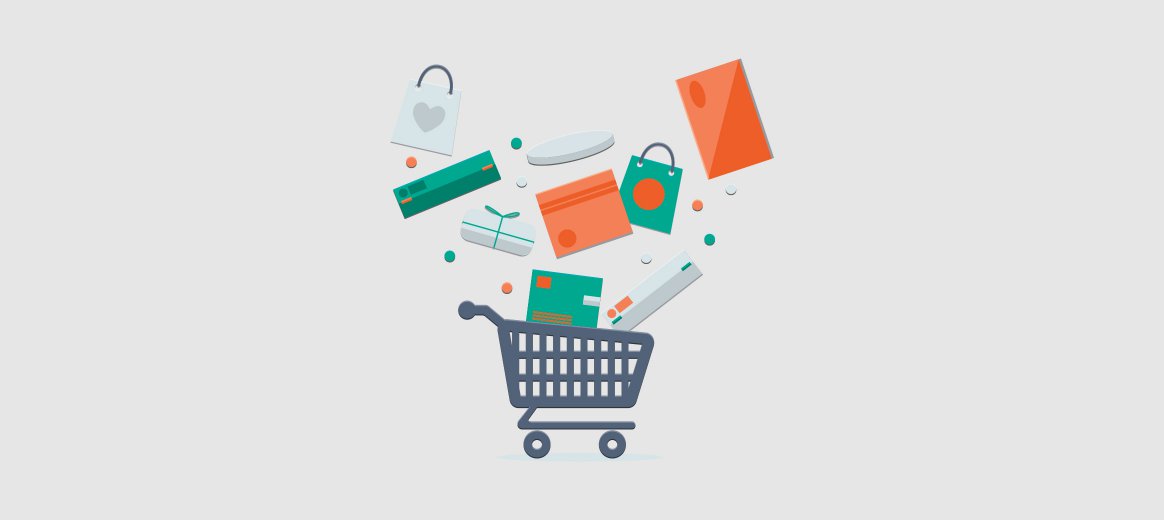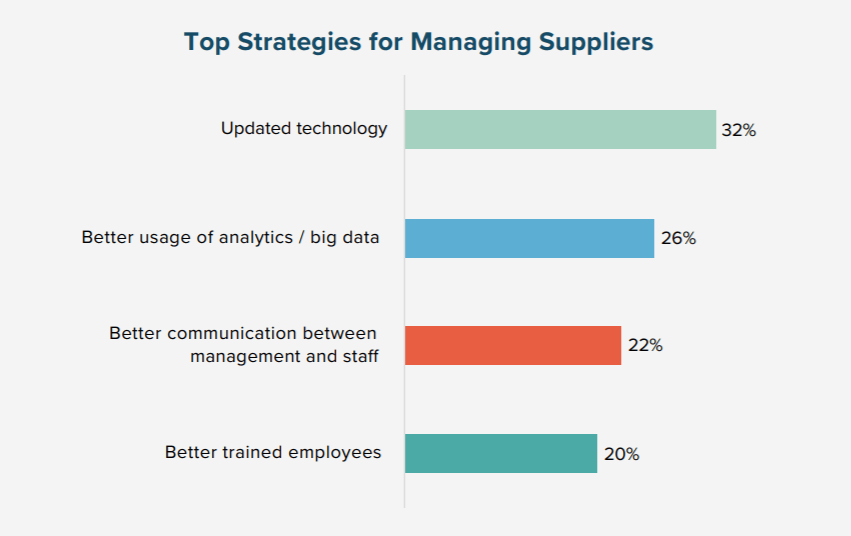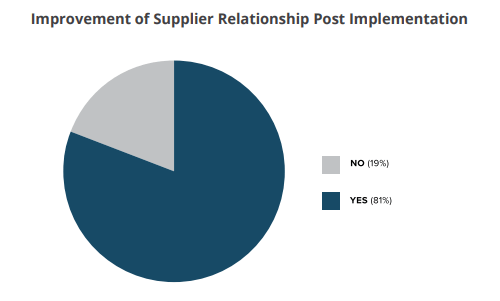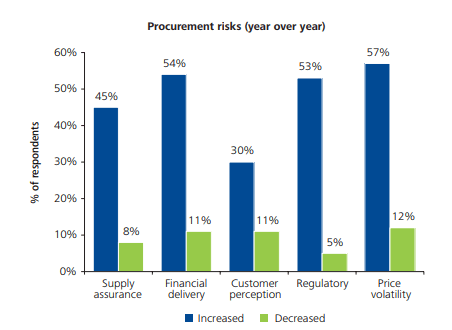Procurement has been undergoing a reshaping since the financial crisis of 2008. During that time, many organizations were in survival mode, and procurement was based on extreme cost-cutting measures. Recently, though, procurement has been reshaped by strategic measures designed to improve financial performance, manage risk and ensure a robust supply base capable of supporting new growth.
The shape of procurement continued to evolve in 2019 with such initiatives as knowledge management, purchasing performance, baseline procurement systems, and category sourcing. Important technological changes have occurred that promise to continue reshaping procurement in 2020 and beyond. Having said that, here are five of the critical trends that are expected to shape procurement in 2020:
Procurement in 2020
Trend 1: Crafting Better Supplier Relationships
Procurement professionals increasingly involve suppliers in their decision-making, especially in the initial planning stages. In a recent blog, we discussed the benefits of supplier management.
Strong supplier management gives buyers improved visibility, reduces procurement risks, and solidifies loyalty between suppliers and buyers. One way that procurement professionals can better manage suppliers is through the use of technology, as highlighted in a recent report by Levvel Research. Technology is expected to further shape procurement in 2020.
For instance, automated procurement solutions provide a way to convert supplier spend data into a predictive matrix that can be used in decision-making. Technology can also be used in monitoring and analyzing supplier compliance. This ensures that approved suppliers are able to consistently deliver high-quality, reasonably-priced products in a timely manner.
According to Levvel Research, 81% of organizations said there were noticeable improvements in supplier relations following the implementation of supporting technology.
Trend 2: Making Better Use of Digital Data
The digital revolution promises to become even more prominent as it relates to procurement in 2020. In a recent blog, we highlighted some of the key areas for digital transformation in procurement.
For instance, modern digital systems can take advantage of such things as artificial intelligence (AI), big data analytics, cloud-based applications, and robotic process automation (RPA).
By taking advantage of recent developments in digital data, procurement professionals can also collect and analyze suppliers’ past performance data and award contracts on a value-driven basis rather than on the lowest cost. Procurement managers can also work with suppliers to optimize transportation logistics, ensuring that critical materials are delivered on time and to the right location. The ability to perform such tasks becomes crucial during emergency situations.
Trend 3: Re-evaluating the Make versus Buy Decision
Not only can technology help to manage suppliers and optimize existing processes, but it can also be used to make products instead of buying them. Further advances in technology, such as robotics and 3D printers, will continue to challenge and possibly disrupt the buying process. Organizations will need to re-evaluate long-standing procurement policies and procedures and be able to determine when it is better to make a product rather than to buy it.
As the ability to make products becomes commonplace, procurement professionals will need to become more innovative and more deeply involved in product development. In most cases, this will require procurement departments to increase staff or to outsource activities associated with product design, engineering, and manufacturing. Procurement in 2020, then, will mean that procurement professionals must develop expertise in leading and monitoring technical innovations.
Trend 4: Reducing Procurement Risk
Reducing risk will become a vital part of procurement in 2020. This will force procurement professionals to become familiar with risk management principles and practices that have been in use by other departments for many years. This is similar to the way that supply chain personnel had to be brought on board with the online movement of the early 80’s and 90’s. The net effect of this is that the role of procurement professionals will continue to become more complex and financially driven.
According to a report by Deloitte on procurement in 2020, supply assurance, financial delivery, regulations, and price volatility ranks as the biggest procurement risks.
Such a role is already prevalent in large corporations where dedicated risk management personnel implement hedging strategies designed to protect against unexpected developments that could prove to be financially detrimental. Procurement in 2020 will require supply chain professionals to develop expertise in quantitative risk analysis that allows them to determine the cost of risk at the supply chain and supplier levels plus the total investment required to mitigate risks across the supply chain. This risk assessment includes customers, suppliers and third parties such as insurance companies.
Trend 5: Increasing Sustainability
Procurement specialists have been under pressure for some time to move away from cost management and to create more economic and social value. With the demographic changes that are expected to take place in 2020, this trend is likely to increase. As baby boomers continue to retire and younger leaders take the reins, procurement departments will be forced to increase sustainability. This shift in philosophy will result in organizations moving from a linear economy that is based on consumption and disposition to a more circular economy where continuous use takes center stage.
In some cases, this circular economy will result in corporations selling the use of the products they manufacture rather than selling the products themselves. This will result in manufacturers placing a heightened emphasis on designing, engineering, and manufacturing products that have longer lives, are more sustainable, and produce less waste. One reason that the move toward sustainability is expected to increase in 2020 and beyond is due to the scarcity of raw materials.






